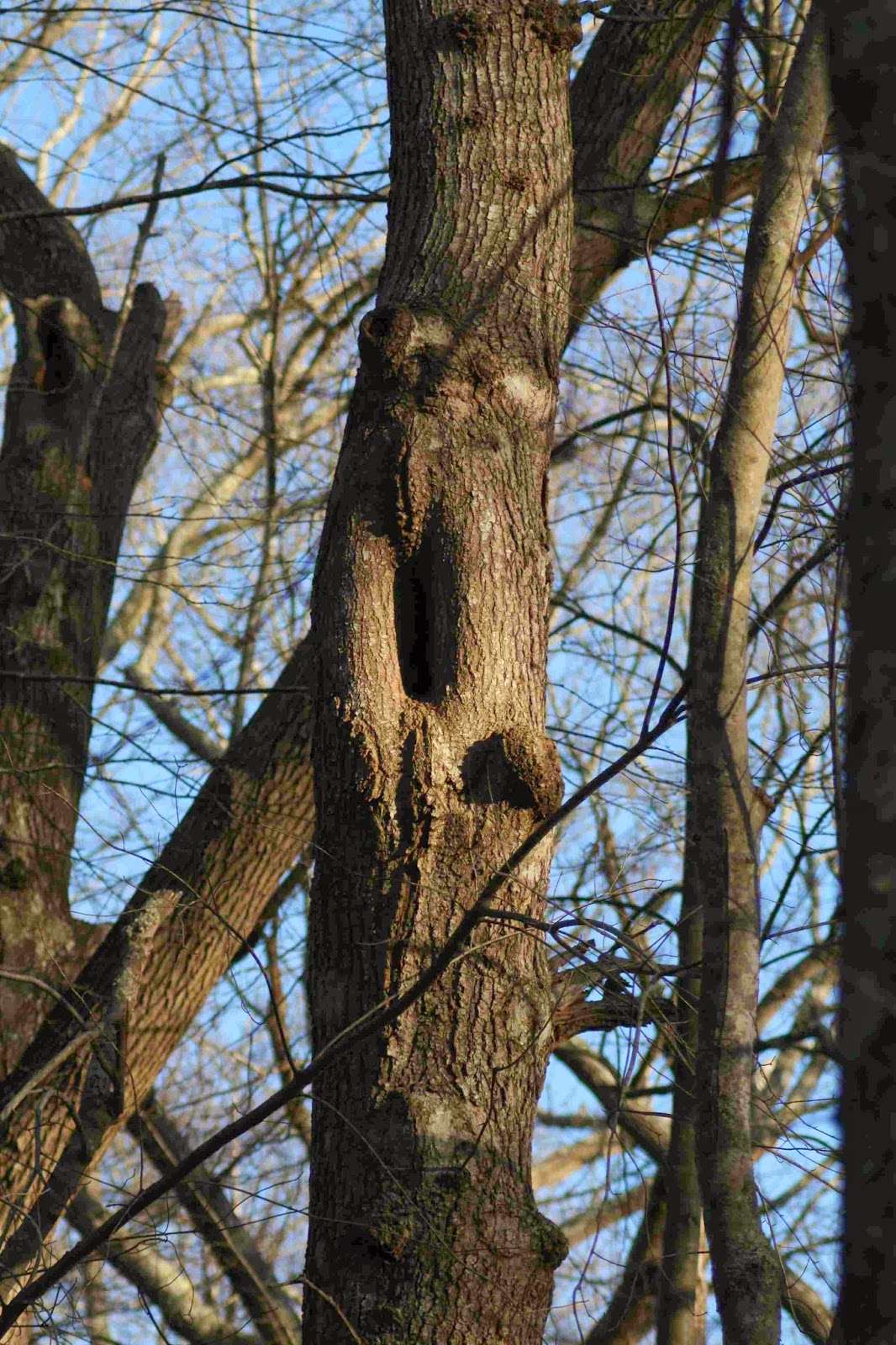By Beth Sullivan
We all have been
through some pretty brutally cold weather recently and some pretty
erratic temperature swings. Can you imagine what a toll it takes on
our resident wildlife?
Take a winter walk and,
if you are really lucky, find a child to take with you. Think like
an animal in winter.
Any nature preserve or
bit of woodland or backyard will work, but try Paffard Woods off
North Main Street in Stonington.
We tend to think of
mammals in winter as hibernators, but in reality most of them are
not. Locally the Woodchuck or Groundhog is our deepest sleeper. In
the late fall they fatten up and retreat into deep burrows, far below
the cold surface. Their metabolism slows, and they will not emerge
until February or March. Woodchucks can be found in woodlands, but
more usually along farm fields and open lands, their burrows marked
by mounds of earth.
 |
| Red Fox |
Most of our other
resident mammals are only semi-hibernators. They may be inactive for
long periods of extreme cold and bad weather, but will rouse
themselves and move about during the winter months.
The Red Fox will adopt
a Woodchuck burrow in a more open area and preferably near water.
They pair up in winter and dig or expand a den as part of the bonding
process. You may come upon a woodchuck hole with what appears to be
a lot of new gravel at the entrance. At this time of year, Woodchucks
are sleeping. It is the Red Fox doing the digging. You can often
sniff out a fox den too; they have an odor similar to skunk which
lingers near their abode. They hunt mice and small rodents and have
an uncanny ability to find them deep beneath snow. Have that child
you are with look for mice tunnels, look for foot prints in the snow,
and look for holes that look active and smell skunky. That’s where
the Fox goes!
In the woods, look up
and down for holes: holes up in trees, at the base of trees, in
crevices, under rocks and by stone walls. Little ones and big ones.
Just imagine what might be in them.
 |
| Large hollows in trees are good for many mammals. |
The Gray Fox is our
true native fox, and they tend to like the rocky woods. Look for
holes at the bases of the ledges and between boulders. With the brook
nearby, that would be a perfect place for a den.
 |
| The Gray Fox likes a rocky den. |
Opossums and Skunks are
usually considered nocturnal, but during the winter they make use of
the warmth of daytime to forage. They will hole up in a tree cavity
or hollow log, often in family groups. It’s warmer that way.
 |
| Gray Squirrel. |
Holes at the base of
trees often lead to tunnels higher up in the core of the tree.
Hollowed out by ants, smaller creatures, like Chipmunks, will stash
their nuts and seeds and remain sheltered inside. Squirrels will
make use of holes, but also make big fluffy, leafy nests high in the
branches and may rotate their lodgings as the mood strikes them.
 |
| A Squirrel's leafy nest. |
 |
| Chipmunks will nest in stone walls. |
 |
| Hickory nut shells at the base of this tree hint that someone is inside. |
Raccoons
will be active irregularly during the winter. When it is truly cold
and stormy, they will seek refuge usually high in a tree, a hollow or
snag. You might even find a raccoon peering out at you from a high
safe place as you take a winter walk, but you have to be looking!
 |
| Small holes for squirrels and even some birds are found high up in trees. |
Get that child to stop
and look, all around. Find the holes high up and low down. Look in
the ledges, wall, trees and stumps. Think like an animal and see
where he or she might choose to spend a cold winter day.
Photographs by Rick
Newton and Beth Sullivan.

No comments:
New comments are not allowed.